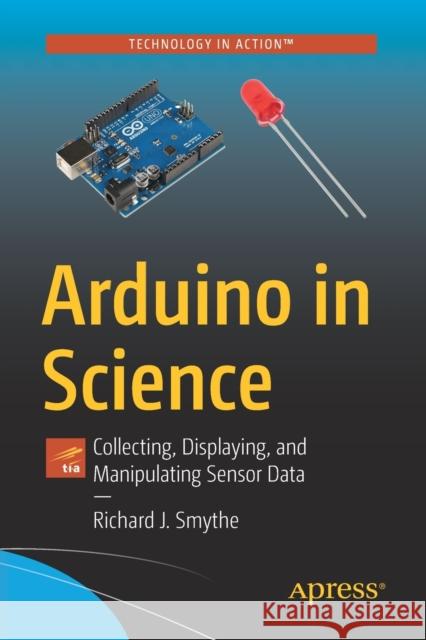Arduino in Science: Collecting, Displaying, and Manipulating Sensor Data » książka
topmenu
Arduino in Science: Collecting, Displaying, and Manipulating Sensor Data
ISBN-13: 9781484267776 / Angielski / Miękka / 2021 / 473 str.
Kategorie:
Kategorie BISAC:
Wydawca:
APress
Język:
Angielski
ISBN-13:
9781484267776
Rok wydania:
2021
Ilość stron:
473
Waga:
0.71 kg
Wymiary:
23.39 x 15.6 x 2.64
Oprawa:
Miękka
Wolumenów:
01
Dodatkowe informacje:
Wydanie ilustrowane











